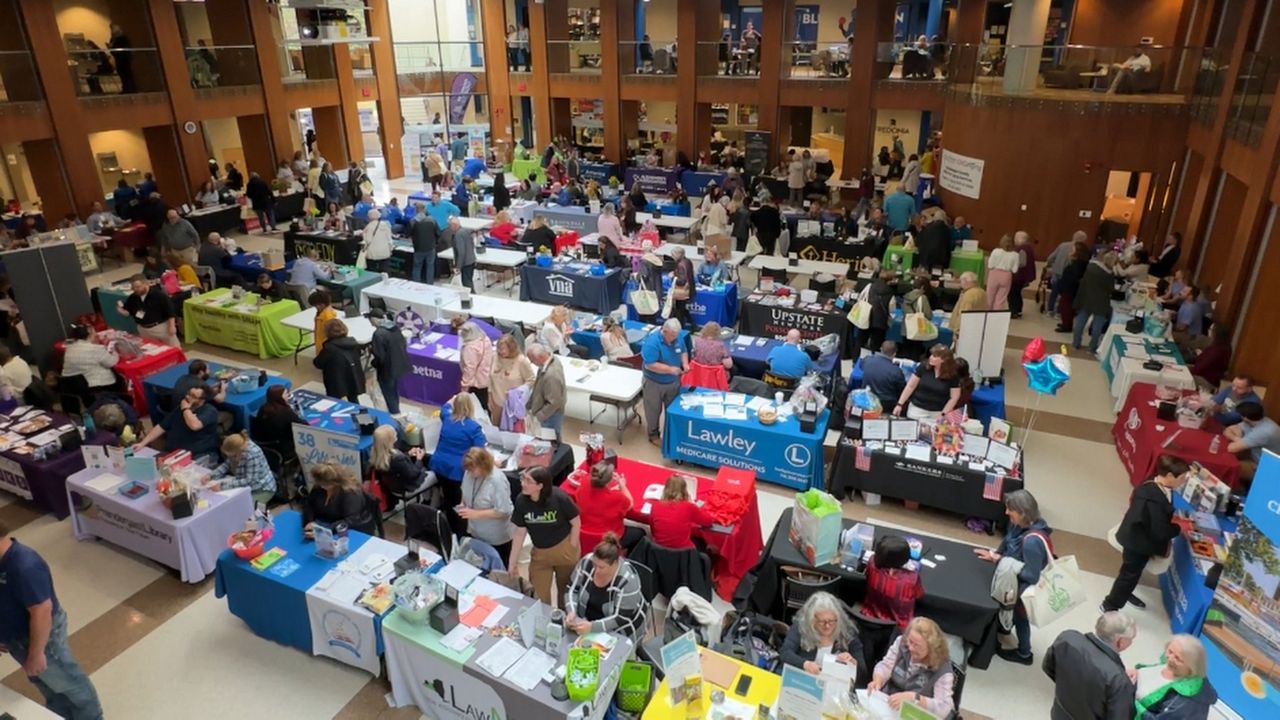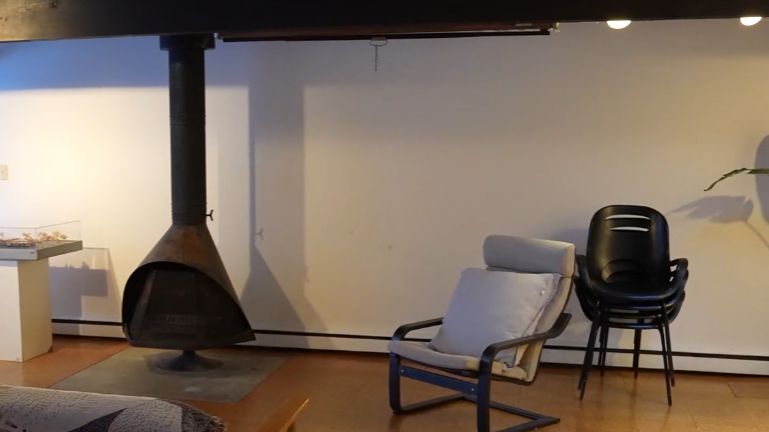Zoar Valley is 3,000 acres of some of the Southern Tier’s most beautiful flora and fauna.
So when residents noticed trees marked with spray paint that were to be logged, there was a public outcry.
“I started driving down the road and I looked over here, and then I started crying,” said Don Shelters, a resident who moved to the area from Cheektowaga because of its natural beauty.
He said he noticed spray paint on trees two or three months ago indicating they were set to be cut down.
According to the New York State Department of Environmental Conservation, 91 acres of second-growth trees are set to be cut down to make way for diversity and to support habitats for birds and other animals.
DEC Natural Resources Deputy Commissioner Katie Petronis said this is part of a joint effort with the New York and Connecticut Audubon Society and the US Forest Service to create a demonstration area for sustainability.
“We're using it as a site, as an example to show people what we can do to restore habitat through sustainable forest management,” said Petronis.
Petronis said the harvest is contained to Multiple Use areas which are sections of the forest typically used for recreation. She insisted that old-growth trees at least 180 years old that are in the unique areas will not be touched.
“Actually, in New York, less than 3% of our forest statewide are old growth," said Petronis. "So when we have them, we work hard to protect them.”
She explained the plan is to thin the forest out, not to do a clearcut.
Advocates with the Zoar Valley Coalition surveying the marked trees said some of them are black cherry, walnut and tulip trees, which are high-value wood.
“If you leave a tree standing, it's not a clear cut,” said Lynn Kenney, a member of the Zoar Valley Coalition who is calling for a stop to the logging. “It would be a devastating change to this forest. And many of the plants and animals that are here would be disrupted by a large logging operation. You have big trucks coming in, treads digging up the earth, to get to the big trees, you have to knock down little trees to get to them.”
“I'm a grandmother,” said Pamela Sander, another member of the Zoar Valley Coalition. “My grandchildren are five and six months old. What is their life going to look like as they age?”
This project is intended to diversify the ages of the trees and create new habitats for birds including cerulean and black-throated blue warblers and wood thrush, which are all identified as bird Species of Greatest Conservation Need.
Petronis said the harvested timber would be sold, but the economic impact would be small.
“I can say that none of the trees that are being selected for cut here were selected for economic value," she said. "They were entirely selected for habitat establishment, habitat improvement, habitat development. So any economic value is really incidental.”
Trees have been identified for harvesting and Petronis said the next step is to send the project to bidding, which will be a public process.












